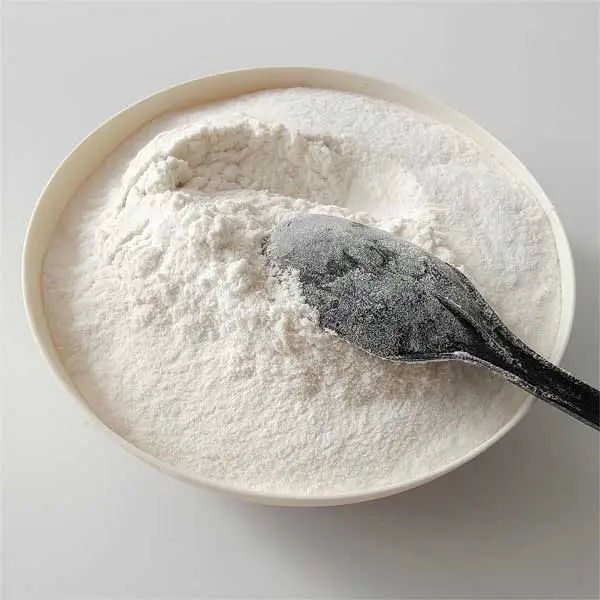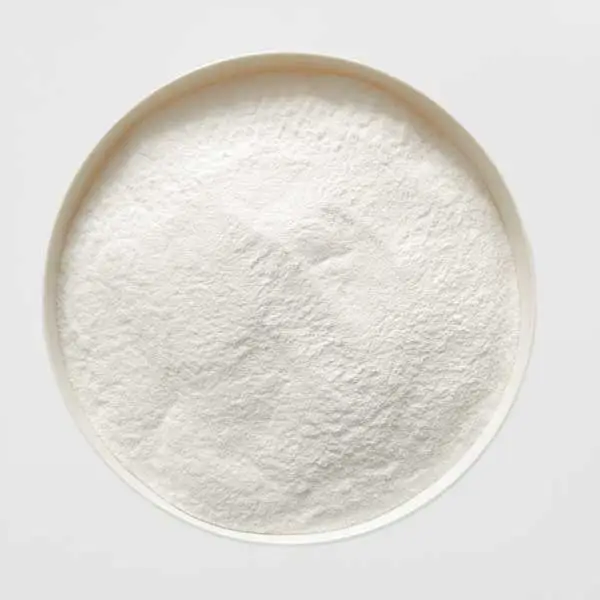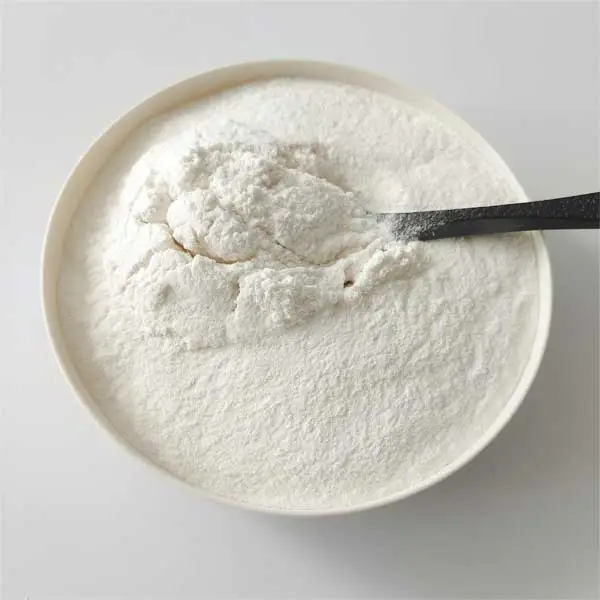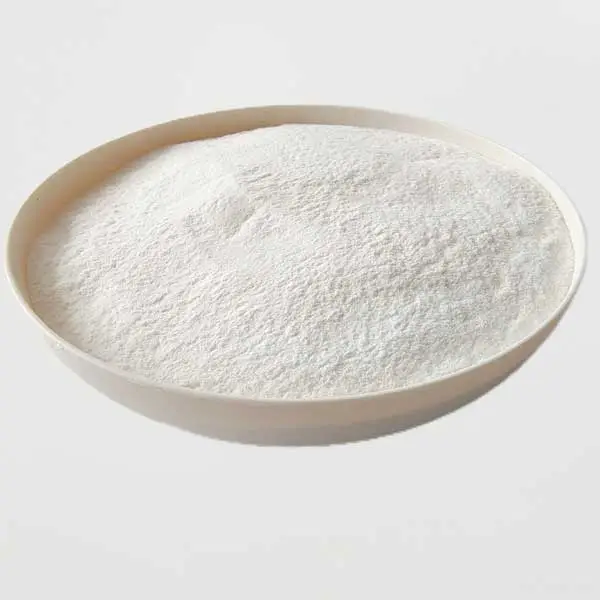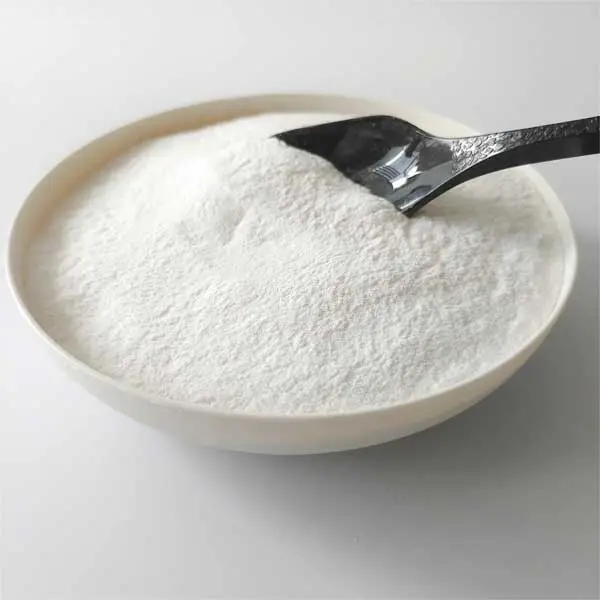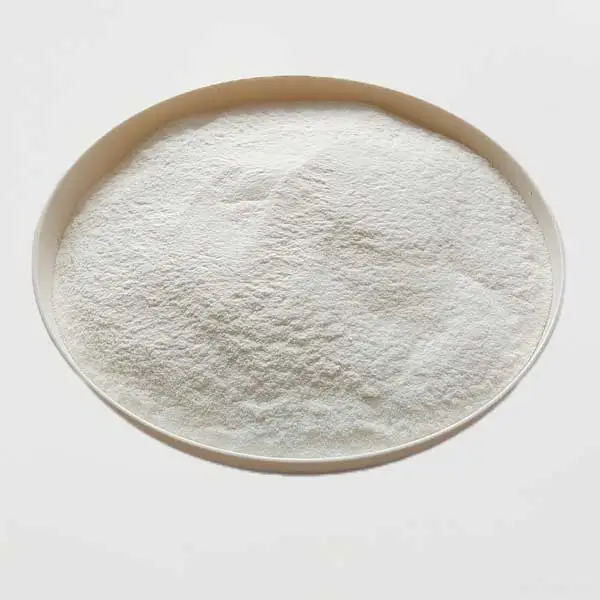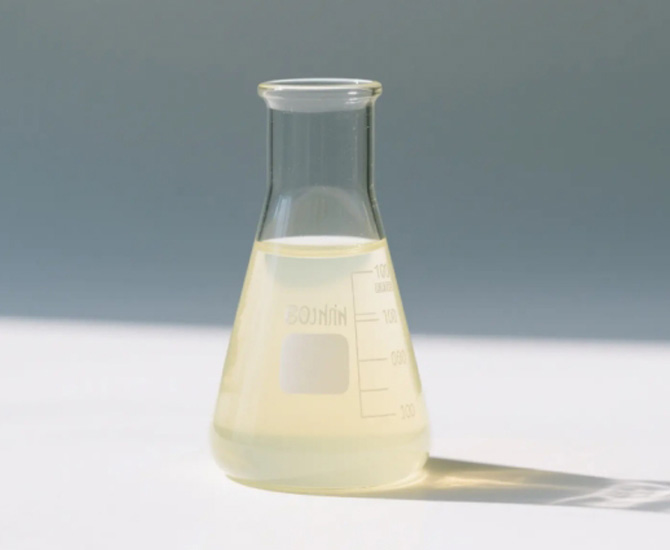Hydroxyethyl Methyl Cellulose HEMC
HEMC finds extensive applications in various industries, including water-based latex coatings, building construction and materials, printing inks, and oil drilling. In the context of building construction, its primary uses encompass cement-based plasters, gypsum plasters, masonry mortars, joint sealing for slabs, adhesives for tiles, and concrete slab formulations. It's a custom CAS 9032-42-2 HEMC cellulose product, feel free to contact us.
Main Purpose of Hydroxyethyl Methyl Cellulose HEMC
Cement-based plastering mortar: It has good thixotropy and ease of bonding, making the mortar pumpable. At the same time, it improves the anti-sagging ability and high water retention, and prolongs the working time of the mortar, which helps the mortar to form a high mechanical strength during the setting period.
Gypsum plasters and gypsum products: act as binders, are thixotropic and retarded to improve spreadability and work time. It has water retention, so that the slurry will not crack due to drying too fast after application, and enhances the strength after hardening.
Masonry mortar: enhance the adhesion with the surface of the masonry, and can enhance the water retention, so that the strength of the mortar can be improved.
Board joint filler: It has excellent water retention, lubricity, high shrinkage resistance and crack resistance, provides a smooth and uniform texture for the material, and makes the bonding surface stronger.
Ceramic manufacturing: It is widely used as a binder in the manufacture of ceramic products.
Self-leveling flooring materials: Enhance fluidity and pumpability for more efficient flooring and control water retention to greatly reduce cracking and shrinkage.
Extruded concrete slabs: Enhance the processability of extruded products, with high bond strength and lubricity. Improves wet strength and adhesion after sheet extrusion.
Specification of Hydroxyethyl Methyl Cellulose HEMC
Project | Index |
Methoxy Content (%) | 22.0-32.0 |
Gel Temperature (°C) | 70-90 |
Ash (WT%) | ≤ 3.0 |
Residue On Ignition (WT%) | ≤ 5.0 |
Moisture (﹪) | ≤ 5.0 |
Viscosity (mpa.s, 2% solution, 20°C) | 5-200000 |
Loss On Drying (WT%) | ≤ 5.0 |
PH Value (1% solution, 25°C) | 4.0-8.0 |
Dissolving Method of Hydroxyethyl Methyl Cellulose HEMC
1. Add a specified amount of clean water to the container.
2. Add hydroxyethyl methylcellulose under low-speed stirring, and stir until all materials are completely wet.
3. Add other components of the formula and stir well.
Packaging, Storage And Transportation of Hydroxyethyl Methyl Cellulose HEMC
Product packaging: the inner layer is a polyethylene film bag, and the outer layer is a plastic-coated three-in-one composite bag or paper tube; the net weight of each bag (barrel) is 25 kg.
Product storage and transportation: During transportation, there should be no damage; as this product is prone to moisture, pay attention to rain, sun and moisture; it must be stored in a ventilated and dry place, and the unused part must be sealed and packaged in time. Moisture-proof.
Methyl Hydroxyethyl Cellulose Uses
Construction Industry:
Tile Adhesives: MHEC improves the workability, open time, and adhesion strength of tile adhesives.
Plasters and Renders: It enhances water retention, workability, and sag resistance in plasters and renders.
Cement-based Products: MHEC is used to improve the consistency, stability, and workability of cement-based products like mortars.
Paints and Coatings:
Thickener and Stabilizer: It acts as a thickening agent and stabilizer, ensuring uniform consistency and preventing pigment settling.
Rheology Modifier: MHEC helps in adjusting the flow and application properties of paints and coatings.
Adhesives:
Wallpaper Paste: MHEC is used in wallpaper pastes for its excellent adhesive properties and ease of application.
General Adhesives: It enhances the viscosity and bonding strength of various adhesive formulations.
Pharmaceuticals:
Personal Care Products:
Thickening Agent: MHEC is used in shampoos, conditioners, lotions, and creams to provide desired consistency and stability.
Stabilizer: It helps in stabilizing emulsions and preventing separation in personal care formulations.
Food Industry:
Textiles:
Ceramics:
Binder: In ceramic formulations, MHEC acts as a binder to improve the green strength of ceramic bodies before firing.
Rheology Modifier: It helps control the flow properties of ceramic slips and glazes.
Hydroxyethyl Methyl Cellulose HEMC FAQs
What are the primary applications of HEMC?
Construction (as an additive in cement, plaster, and mortars)
Paints and coatings (as a thickener and stabilizer)
Personal care products (in shampoos, lotions, and creams)
Pharmaceuticals (as a binder and thickener in tablet formulations)
How does HEMC improve the properties of construction materials?
Hydroxyethyl Methyl Cellulose HEMC enhances the workability, water retention, and adhesion of cement-based materials. It helps in reducing shrinkage and cracking by maintaining moisture in the mixture.
How is HEMC produced?
Hydroxyethyl Methyl Cellulose HEMC is produced by chemically modifying cellulose, which is derived from wood or cotton. The cellulose is treated with methyl chloride and ethylene oxide to introduce hydroxyethyl and methyl groups.
What are the physical properties of HEMC?
HEMC typically appears as a white or off-white powder. It is soluble in cold water and forms a clear, viscous solution.
Are there different grades of HEMC available from suppliers?
Yes, Hydroxyethyl Methyl Cellulose HEMC is available in different grades, which vary in viscosity, substitution level, and purity. Different grades are formulated to meet specific requirements of various applications such as construction, coatings, and personal care products.
What is the typical concentration of HEMC used in formulations?
The concentration of Hydroxyethyl Methyl Cellulose HEMC used in formulations varies depending on the application. In construction materials, it is typically used in concentrations ranging from 0.1% to 0.5%. In personal care products, the concentration can range from 0.1% to 2%.
Is HEMC biodegradable?
Yes, HEMC is biodegradable. It is derived from natural cellulose and can be broken down by microorganisms in the environment.
How does HEMC affect the drying time of cement-based materials?
HEMC slows down the drying time of cement-based materials by retaining moisture. This extended drying time allows for better curing and improved final strength of the material.
Can HEMC be used in combination with other additives?
Yes, HEMC is compatible with a wide range of other additives, which allows formulators to achieve specific performance characteristics in their products.
How do manufacturers ensure the quality of HEMC?
Rigorous quality control processes during manufacturing.
Regular testing of raw materials and finished products.
Providing Certificates of Analysis (CoA) and Material Safety Data Sheets (MSDS).
Maintaining compliance with relevant industry standards and regulations.

 English
English 
